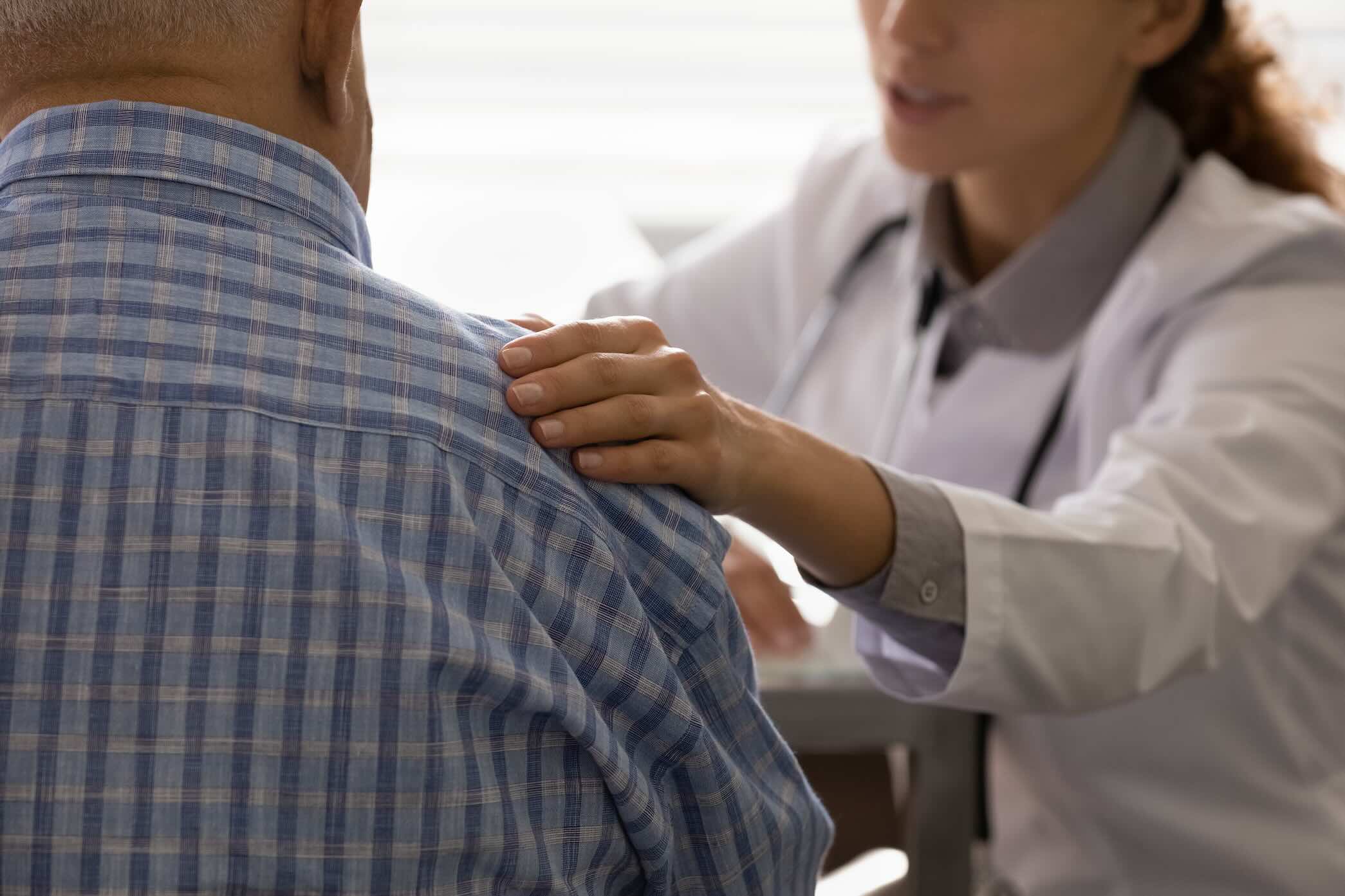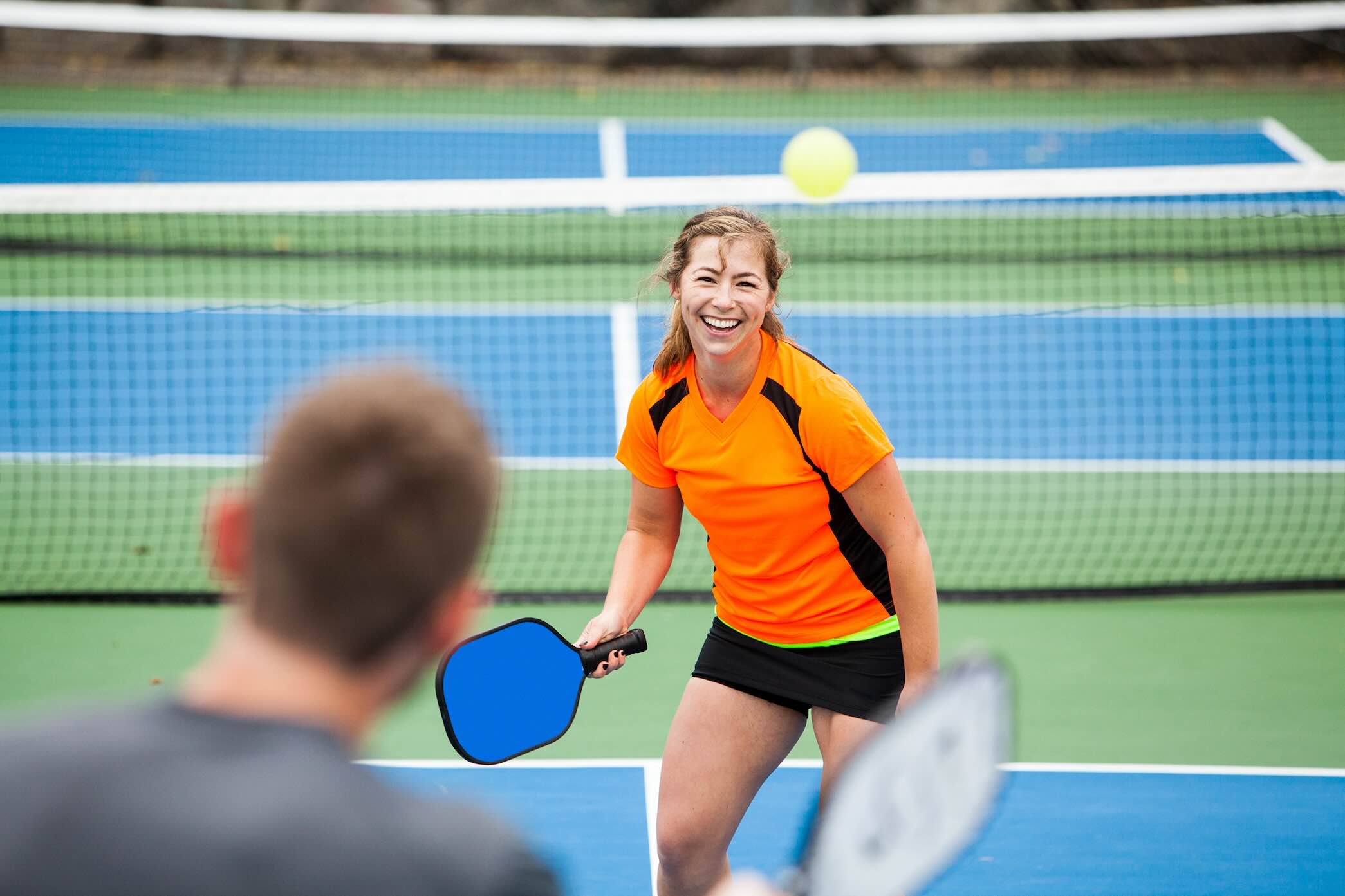What is the ACL?
The anterior cruciate ligament (ACL) provides stability to the knee joint by controlling excessive mobility and range of motion. Specifically, this ligament keeps the tibia from moving too far forward and it also helps stabilize rotation and angulation at the knee joint.
What causes ACL injury?
Of the four main ligaments in the knee joint, the ACL is the most commonly injured. A sudden pivot or rotation, or landing incorrectly from a jump, can cause the knee to feel as though it is “buckling” or “giving out.” Depending on the severity of the injury, treatment protocol can involve everything from physical therapy to surgery.
While women are at a higher risk for ACL injuries than men, athletes of both genders and all ages can be at risk for this injury. Taking precautions to properly train as well as understand the ligament and its natural restrictions can help prevent long-term injury and hopefully surgery.
Here are some tips to help prevent ALC tears and injury:
The good news there are some ways to help prevent ACL tears and injury. Make sure to implement the following suggestions to prevent ACL tears.
Warm Up. Never jump straight into your physical activity without properly warming up your muscles.
Stretch and Strengthen. Keeping the surrounding muscles both strong and supple is your best defense against a knee injury. Muscles that are over strengthened can become strained and too tense, pulling on the ligaments. Muscles that are over stretched and lack proper tone have the opposite issue, they can fail to hold the joint and ligaments in correct alignment when under stress. The important muscles to pay attention to are your hamstrings, quadriceps and hip flexors. Making sure your IT Band is not too tight is also important to knee joint stability. Foam rolling or sports massage is another way to release tension in tired muscles.
Utilize Plyometrics and Agility Drills. Proper training drills can improve your neuromuscular control as well as your bodies ability to land properly during activities that can stress the knee joint. These are also a good way to help strengthen your muscles.
Cool Down. Taking the time to cool down is just as important as a warm up to physical activity, if not more. Without properly cooling down your muscles stay in a shortened tense position which can cause pain and lead to future injury.
In the event you do suffer an injury, don’t be disheartened. Make sure to use ice, elevate the leg, and schedule a consultation with an orthopedic surgeon. At Colorado Sports Doctor, we are committed to the best patient care possible. If you have questions about an injury, contact us today.




